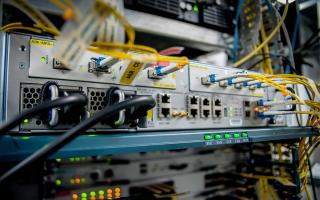 Course Description:
Course Description:
Carriers have offered connectivity services based on traditional TDM, Frame Relay and ATM for many years. However customers now use Ethernet as the interface of choice for virtually all services and applications. The cost of operating separate networks to provide each service, as well as the need to sell higher bandwidth services than can be offered with traditional networks, is forcing carriers to move to newer, more cost effective technologies, namely Ethernet, Backbone Bridging, IP and MPLS.
Ethernet and IP have allowed networks to deliver high bandwidth and new services with greater flexibility, while MPLS has allowed these new services to become more "carrier-class", offering the connection-oriented behaviour, quality of service, and reliability normally associated with traditional technologies. However the signalling and routing costs of MPLS and layer 3 solutions have still been significant, which has lead to the development of other layer 2 Provider Backbone Transports (PBT) and Provider Backbone Bridging (PBB) solutions for small to medium scale carrier metro services.
The Metro Ethernet Forum has evolved a set of standard service definitions for the kinds of Ethernet services customers now require. These can deliver services between sites that look to customers like end to end Ethernet. For carriers they can emulate other traditional TDM services over the same infrastructure and deliver all services over a common unified network by adding Pseudo Wire Emulation edge to edge (PWE3).
This course provides an overview of carrier Ethernet technologies, their installation, testing and troubleshooting for Technicians.
Students Will Learn:
Course Length:
3 Days

